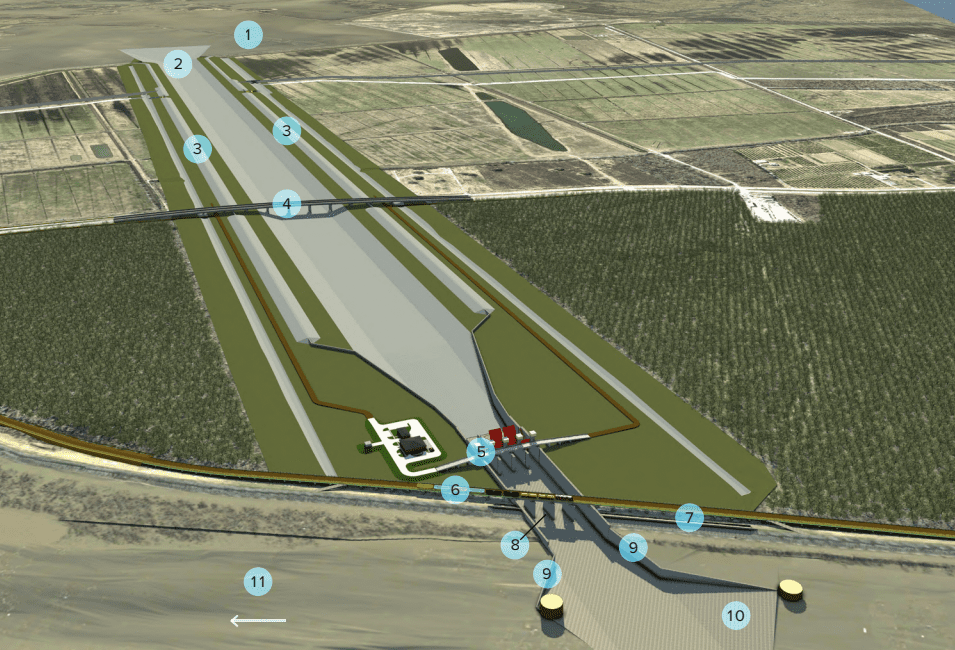A land restoration project unlike anything ever attempted in the country is at the precipice of being approved in Louisiana. The release of a U.S. Army Corps of Engineers report on the viability of the state’s highly touted $2 billion sediment diversion initiative puts the proposal on the “two-yard line,” according to a source involved in the process.
The report, an environmental assessment that looked into the anticipated effects of diverting sediment from the Mississippi River and into the Barataria Basin in the short- and long-term, weighed the benefits of generating estimated 20-square miles of sorely needed land with the possibility of creating unintended consequences for the nearby region.
Chip Kline, Louisiana Coastal Protection and Restoration Authority chairman, voiced excitement over the report’s long-awaited release to the public, saying that the timing indicates a green light from state authorities via construction and funding permits by December if things go smoothly. The report’s findings must be carefully considered until then, as it looked to address roughly 40,000 queries from the public in addition to the environmental projections.
However, Kline is optimistic. “This is a monumental moment for the state and the state’s coastal program,” said the chairman, who embraces the potential of what he says his office was told is “the largest coastal restoration project in the country and the largest of its type anywhere in the world.”
It is no surprise that Louisiana is the government attempting such an undertaking. Besides the extensive history of resiliency battles during various extreme weather events, most notably 2004’s Hurricane Katrina — a situation made worse by New Orleans’ vulnerability to tropical storms — the state’s Barataria Basin has lost roughly 300,000 acres of land since 1932. That’s a land mass comparable to the entire state of Delaware. If not addressed eventually, the region will lose twice that over the next 50 years. The reality of rising water levels and how that effect intensifies tropical storms and hurricanes also potentially leads to a quicker loss than anticipated.
Proponents say the project will come down to its implementation. Sediment diversion is precisely the natural process that shaped Louisiana. What sat there previously was nothing but water, and millions of years of a flowing Mississippi slowly began to move sediment until it formed into a livable landmass. Humans eventually constructed levees along the river to sustain their growing towns, thus restricting that essential sediment flow that had built Louisiana’s foundation.
The 2022 plan would use a similar process to slowly divert sediment from the upper Mississippi into the Barataria Basin, which would net out to an extra 13,400 acres created by 2070.
As one might expect, billion-dollar projects involving artificially shaping terrain don’t come without potential risks. Commercial fisheries would see their catch numbers reduced for a few categories, including brown shrimp, oysters, and certain finfish species. The basin’s bottlenose dolphin population would be negatively affected by the introduction of freshwater. However, proponents are weighing these risks against the resources lost from inaction and the potential for widespread resident displacement.
The report also mentions the inclusion of a $380 million project within the greater proposal, money that would be used for mitigating these exact outcomes for the basin’s wildlife and affected businesses. Something else to note is the thematic importance of the source of the $2.6 billion total. The funding comes from legal damages from the 2010 lawsuit against British Petroleum over the Deepwater Horizon oil spill.





